Deep Reinforcement Learning - DRL Tool Overview
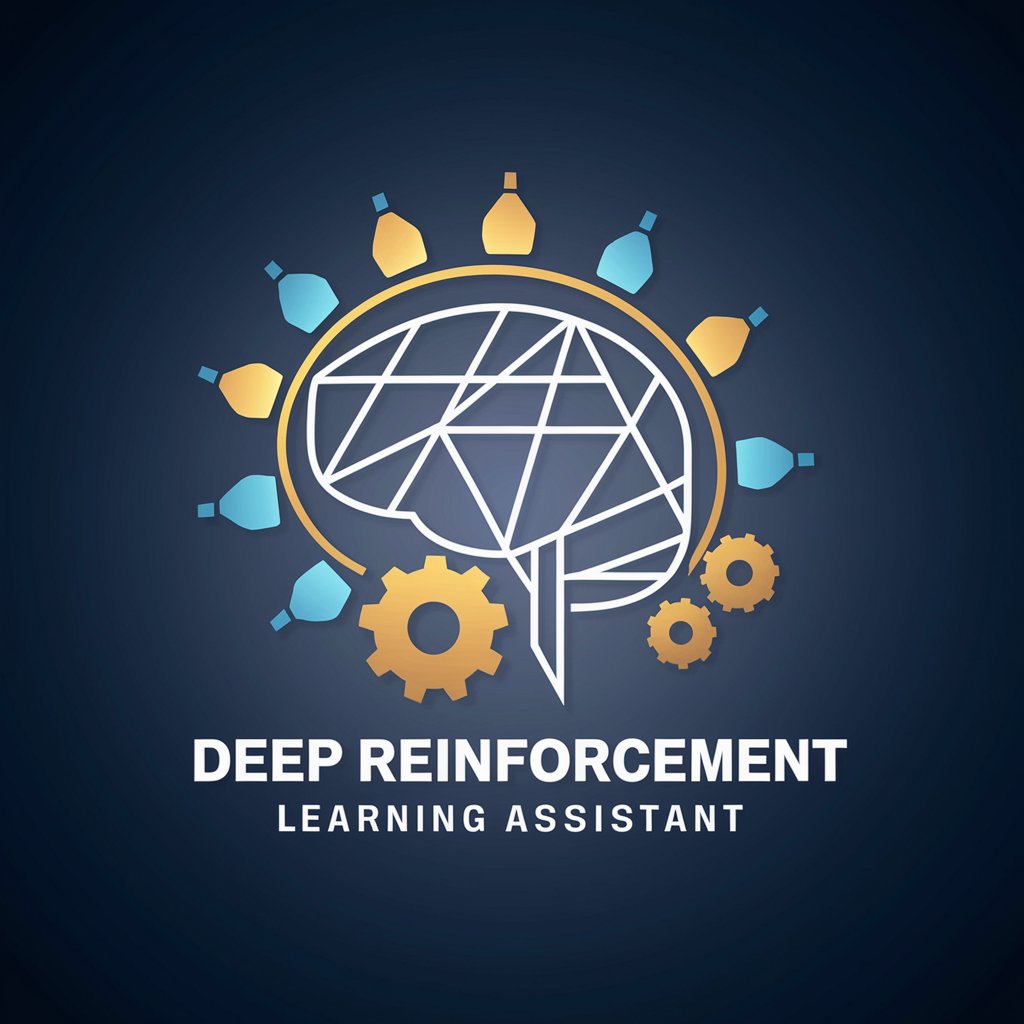
Welcome to your deep reinforcement learning journey!
Empower AI with Deep Reinforcement Learning
Explain the concept of Q-learning and its applications in reinforcement learning.
How does the Deep Q-Network (DQN) algorithm improve upon traditional Q-learning?
Can you provide a step-by-step guide to implementing an actor-critic algorithm?
Discuss the role of exploration strategies in reinforcement learning, with examples.
Get Embed Code
Introduction to Deep Reinforcement Learning
Deep Reinforcement Learning (DRL) merges reinforcement learning (RL) principles with deep learning techniques to handle environments with high-dimensional state spaces, such as images or complex sensor data. By leveraging the representational power of deep neural networks, DRL can learn effective policies directly from raw sensory data, bypassing the need for manual feature engineering. For example, DRL has been applied to master games like Go and Dota 2, automate trading strategies, and develop sophisticated control systems for robotics that adapt to complex tasks such as walking or flying. Powered by ChatGPT-4o。

Main Functions of Deep Reinforcement Learning
Policy Optimization
Example
In games like chess or Go, DRL algorithms such as AlphaGo utilize policy optimization to select the most promising moves.
Scenario
DRL models use policy gradients to update policies based on the expected return, enhancing decision-making strategies over time.
Value Approximation
Example
Used in video games for NPCs (Non-Player Characters) to assess the potential future benefits of their current actions.
Scenario
DRL algorithms estimate the value of different states in an environment, allowing for predictions about long-term rewards and thus more strategic planning and execution.
Exploration vs. Exploitation
Example
Autonomous vehicles use this function to decide whether to explore new routes or exploit known fast routes.
Scenario
Balancing exploration (trying new things) and exploitation (leveraging known strategies) is crucial in dynamic environments where the agent must adapt to changing conditions while optimizing performance.
Ideal Users of Deep Reinforcement Learning Services
Game Developers
They use DRL to create more challenging and adaptable AI opponents, enhancing the gaming experience for players.
Robotics Engineers
DRL assists in developing autonomous systems that require adaptive control strategies, suitable for complex tasks in variable environments.
Finance Professionals
They apply DRL for algorithmic trading to optimize investment strategies by dynamically adjusting to market conditions.

Steps to Use Deep Reinforcement Learning
Step 1
Visit yeschat.ai for a free trial without requiring login or a ChatGPT Plus subscription.
Step 2
Choose a specific problem to solve, whether it's game playing, robotics control, or another application where decision-making in complex environments is required.
Step 3
Select a suitable deep reinforcement learning algorithm such as Deep Q-Networks (DQN) or Proximal Policy Optimization (PPO) based on your problem's needs.
Step 4
Prepare and preprocess your environment and data, ensuring that you have the appropriate states and actions properly encoded.
Step 5
Train your model, monitor its performance, and fine-tune parameters to optimize results. Utilize visualization tools to track training progress and outcomes.
Try other advanced and practical GPTs
Lora
Empower Your Decisions with AI
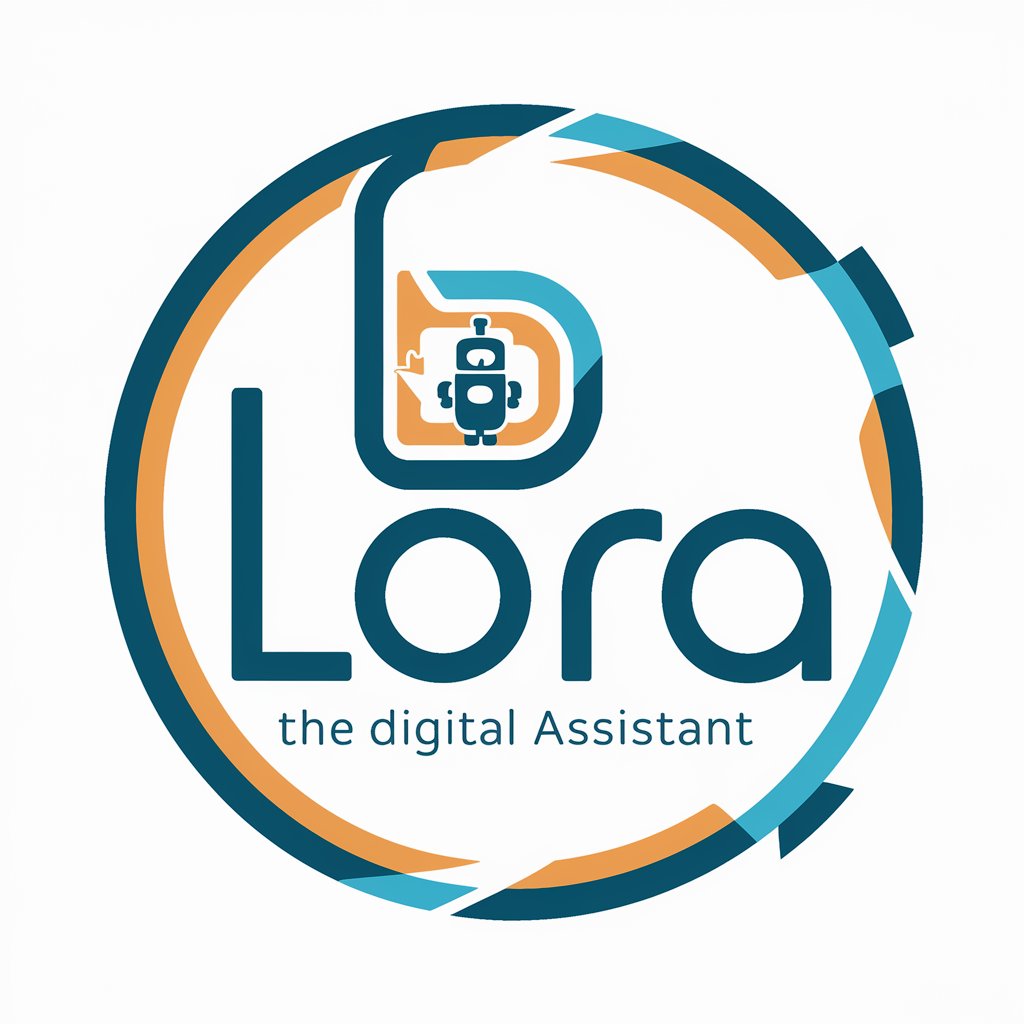
金融助手
Demystifying Finance with AI

UI/UX Design Portfolio Builder
Empowering Design Narratives with AI
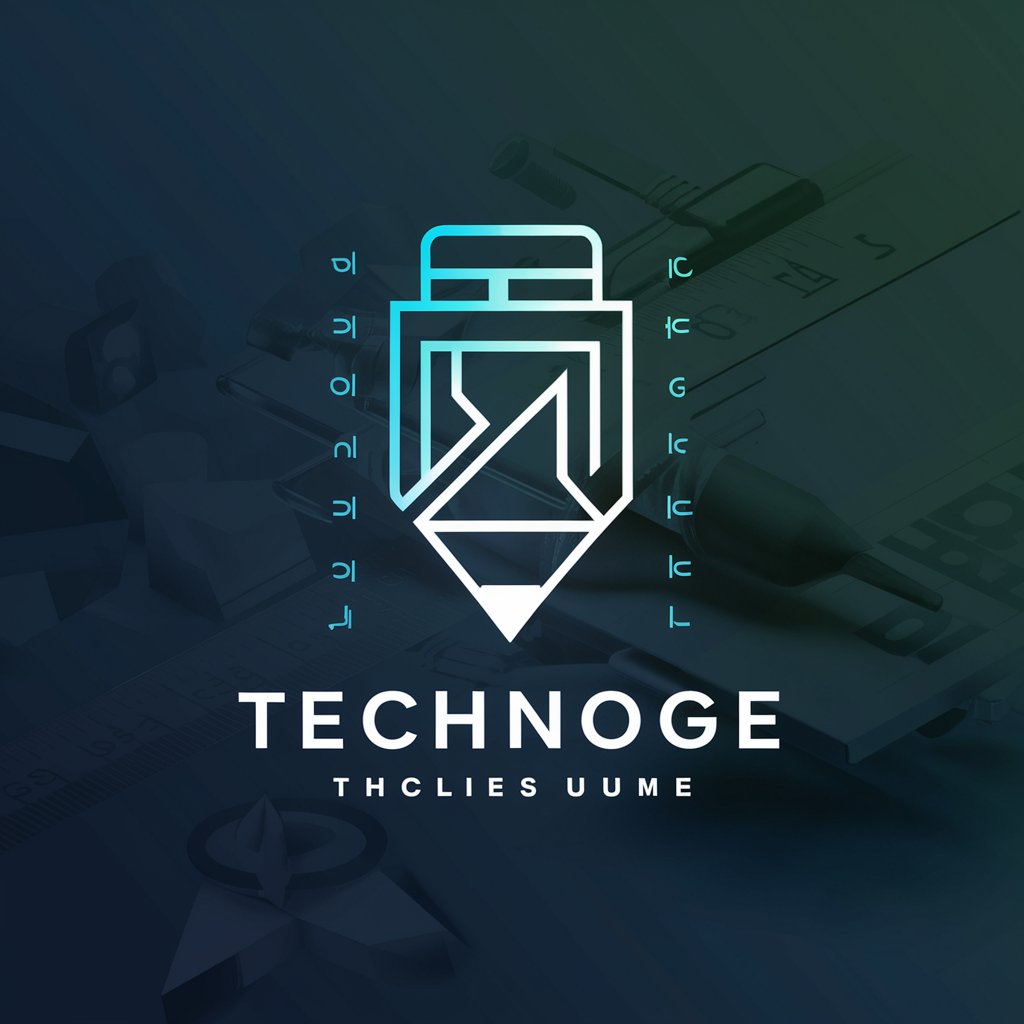
Analisis De Datos De Excel
Empower Decisions with AI-Powered Analysis
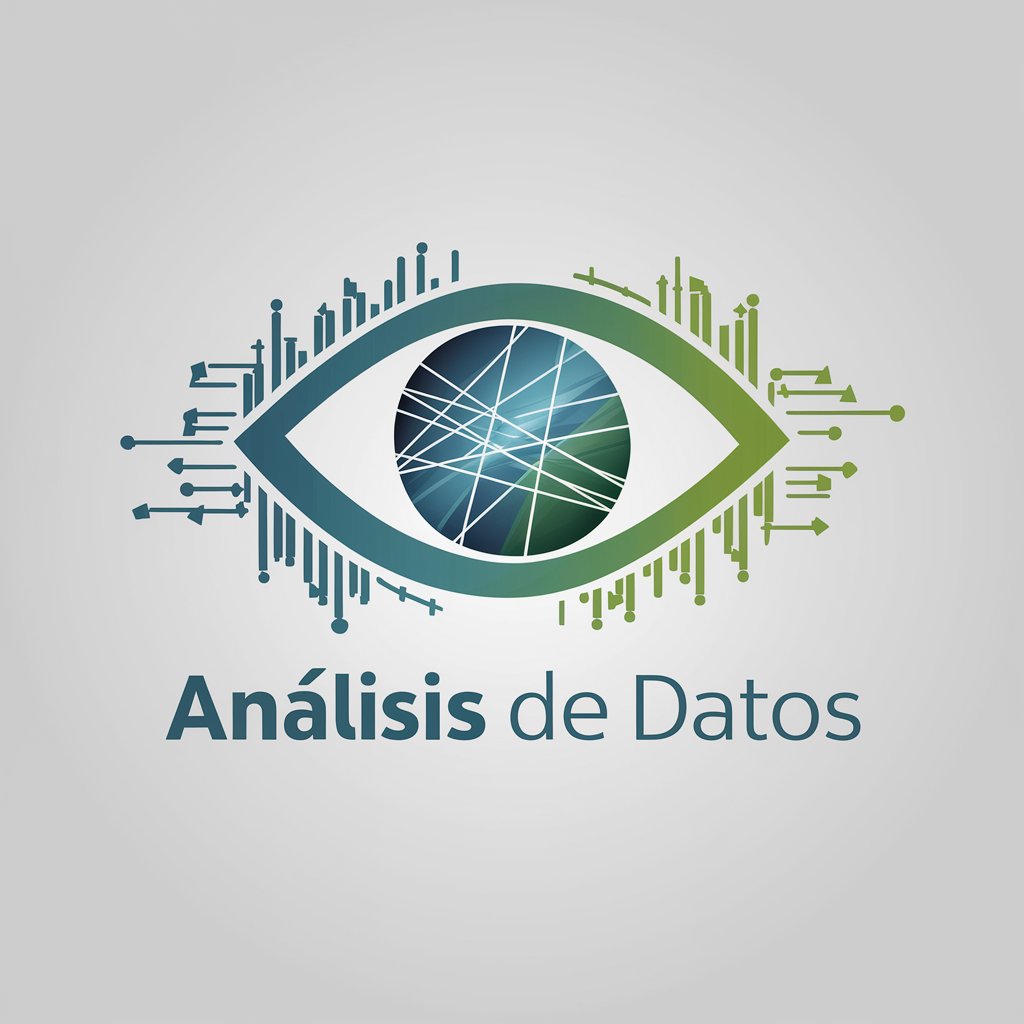
AI Scribe
Transcribing Complexity Into Clarity
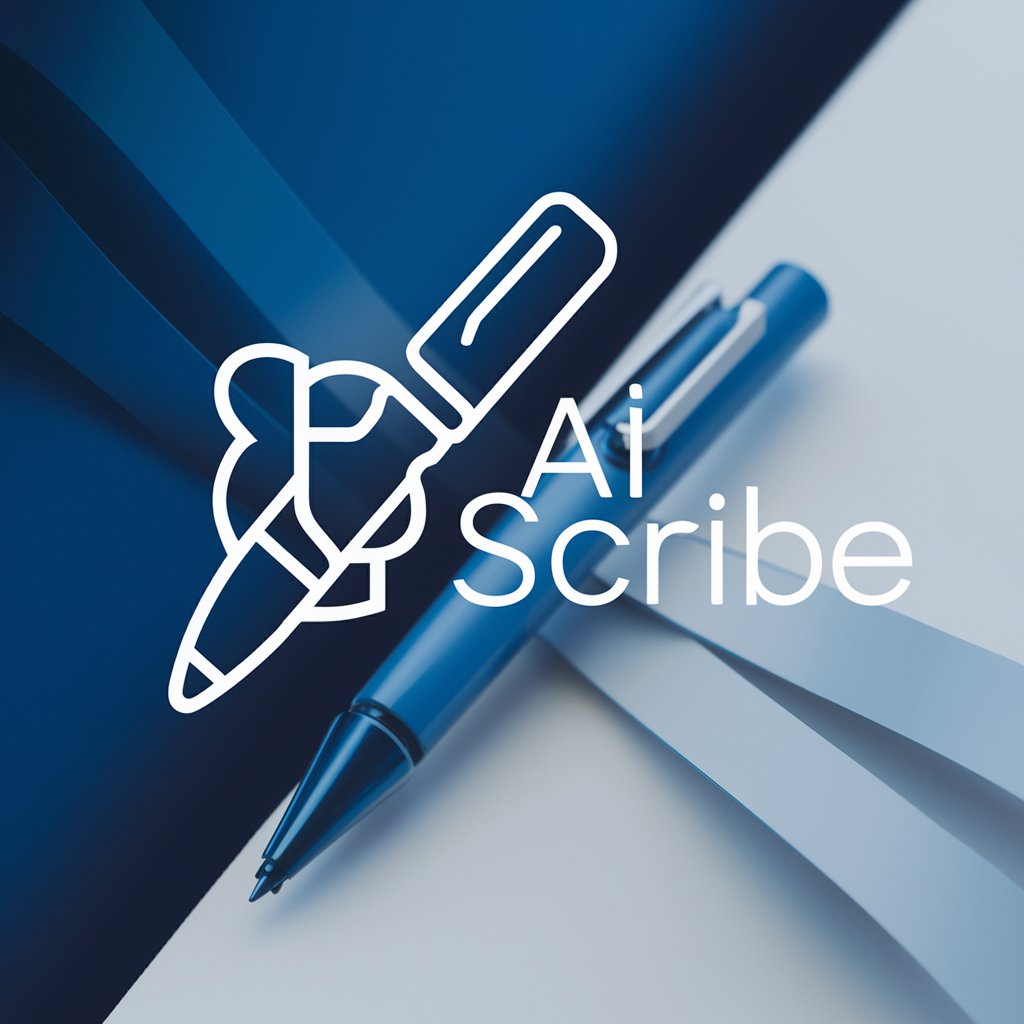
Mobile App Mockup Designer
Design smarter, faster with AI

Deep Learning Code Mentor
AI-Powered Deep Learning Assistance
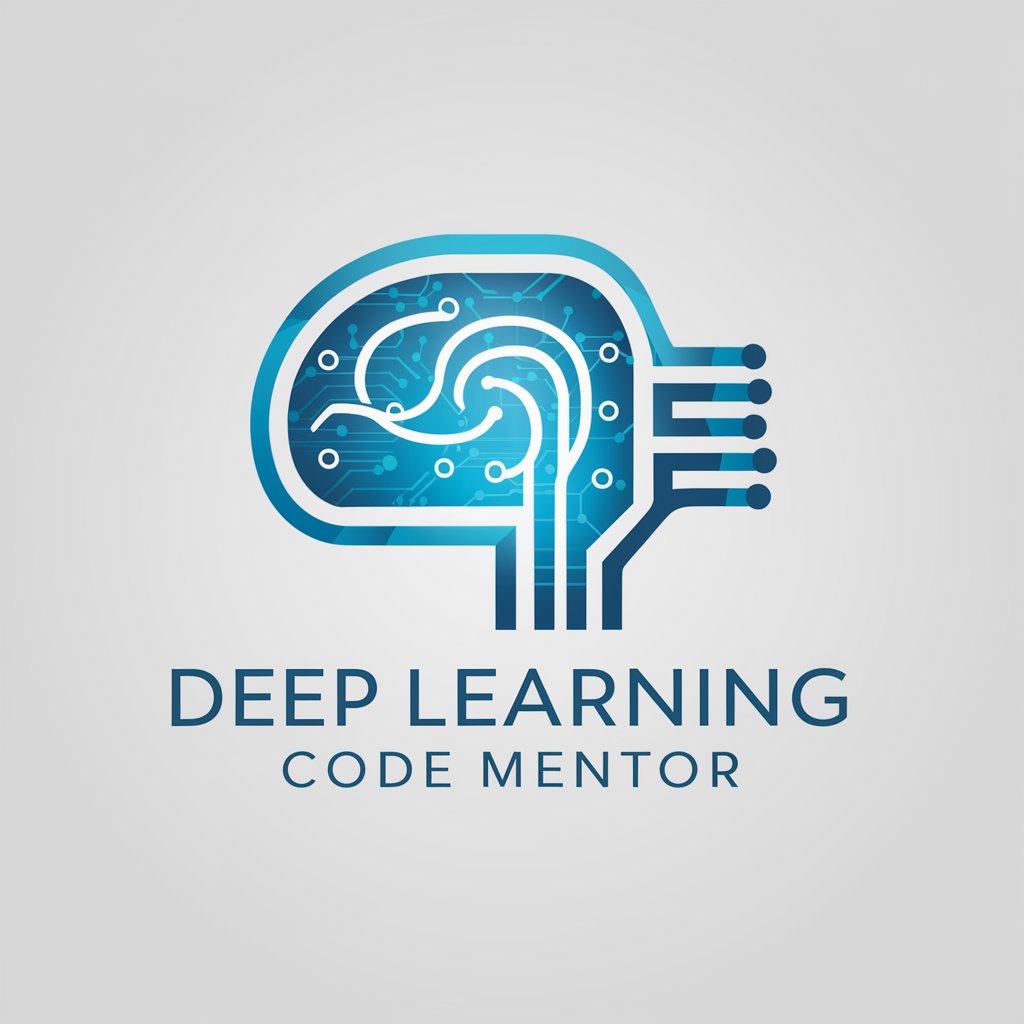
코인 GPT
Empower your crypto decisions with AI
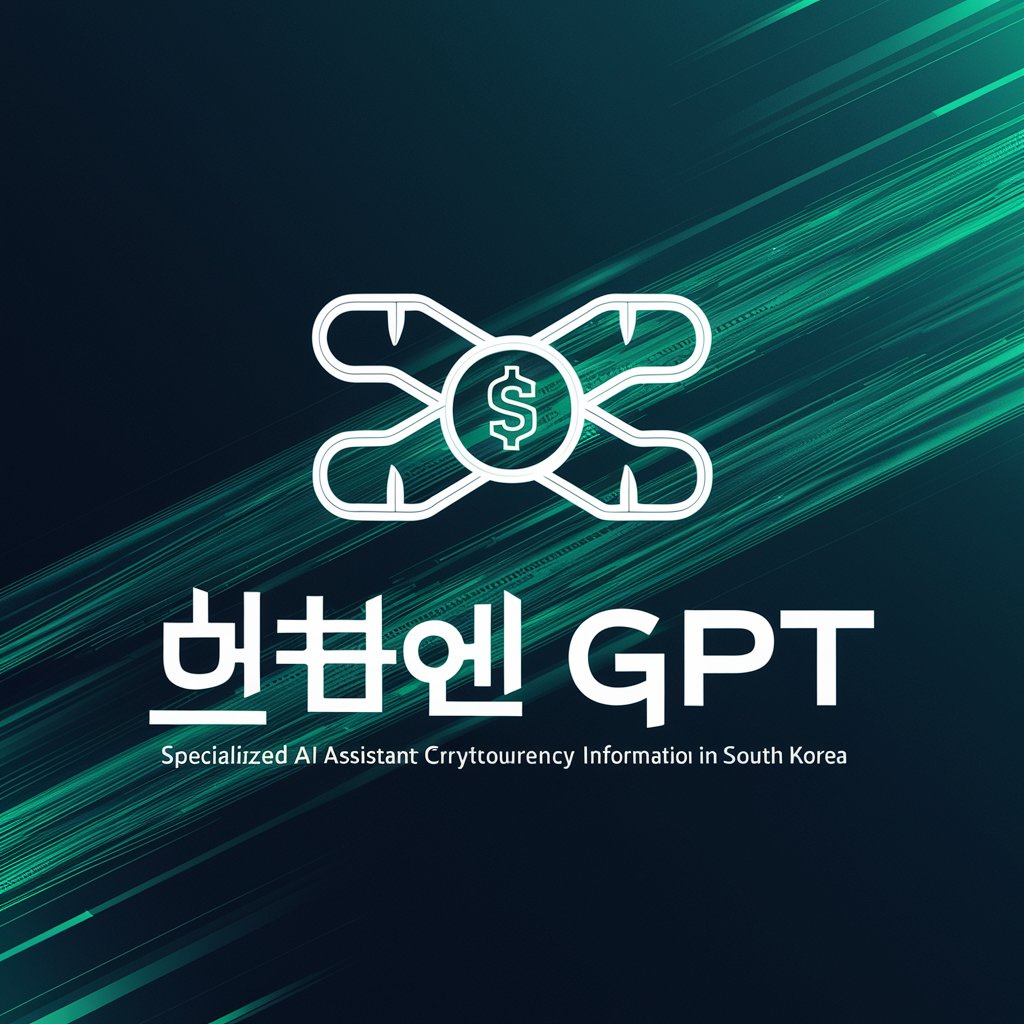
Hook Hound
Craft Viral Hooks Instantly

Neo4j Cypher Wizard
AI-driven graph database management
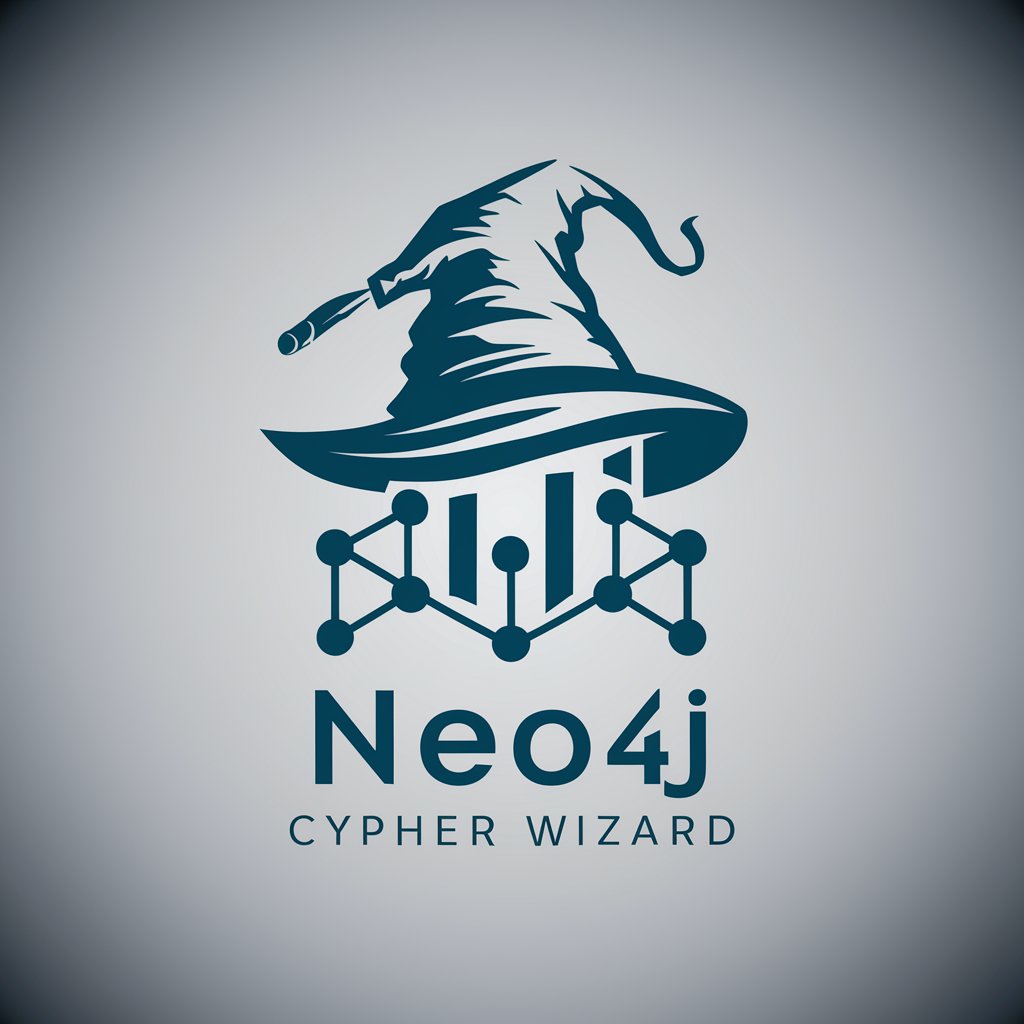
Software Architecture - Cloud Native - Visual
Visualize architecture, powered by AI

OER & EER GPT Pro
AI-Powered Military Evaluation Guidance
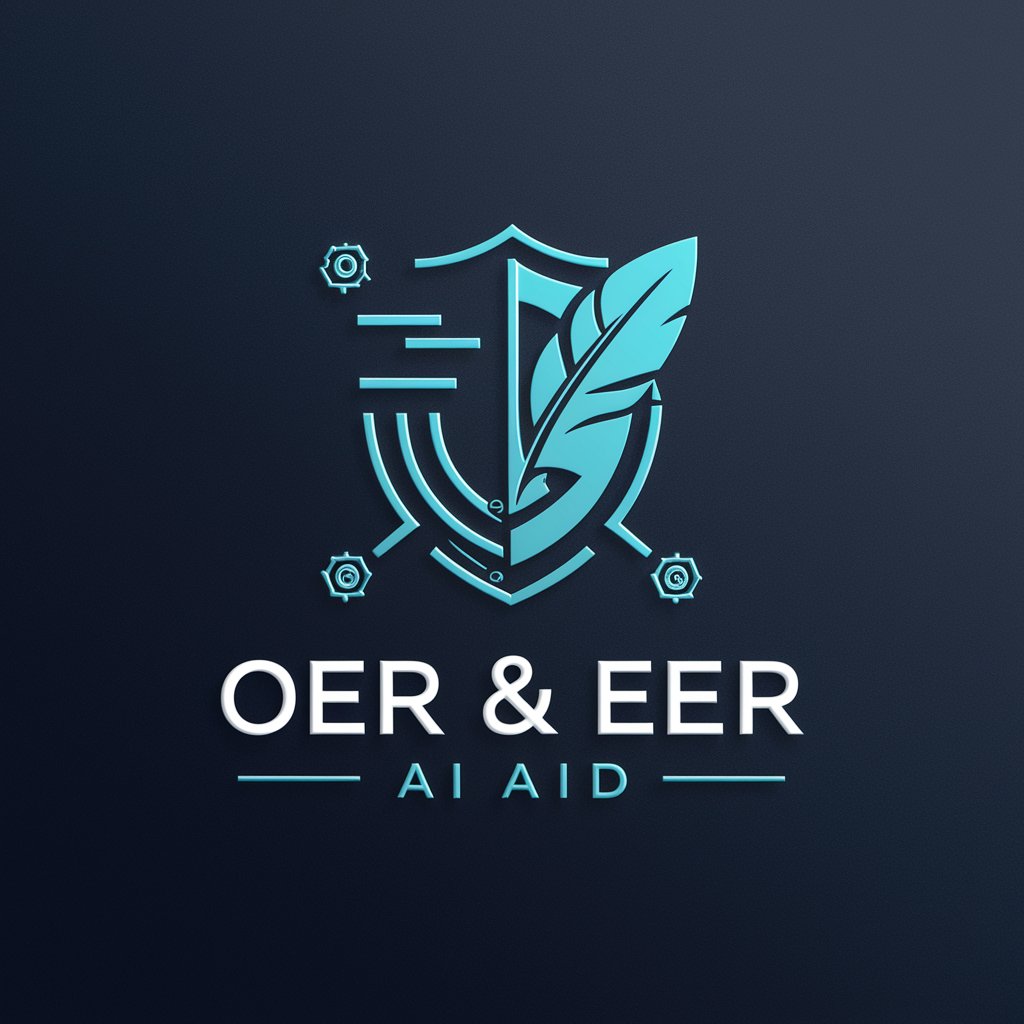
Deep Reinforcement Learning Q&A
What is deep reinforcement learning?
Deep reinforcement learning combines neural networks with a reinforcement learning architecture that enables agents to learn optimal actions in complex environments through trial and error, using high-dimensional sensory input.
How does DRL differ from traditional machine learning?
Unlike traditional machine learning methods that learn from a static dataset, DRL agents interact with an environment in a dynamic process to learn policies that maximize cumulative rewards.
Can deep reinforcement learning be used for robotic control?
Yes, DRL is particularly suited for robotic control tasks that require a series of complex maneuvers and adaptability to changing conditions, learning directly from sensory inputs.
What are some challenges in training DRL models?
Challenges include balancing exploration with exploitation, high variance in rewards leading to unstable learning, and the requirement of large amounts of data for training.
What are the latest advancements in DRL?
Recent advancements in DRL include improvements in sample efficiency, exploration strategies like curiosity-driven learning, and the development of more robust algorithms for various applications.
